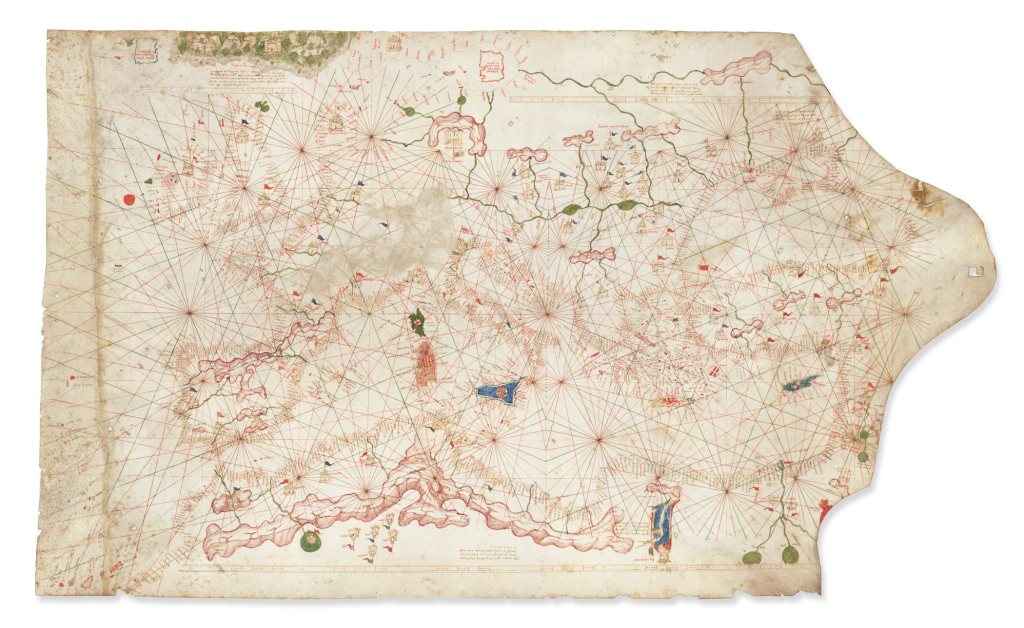The British Museum’s Decisive Year: A 2023 Filled with a Lot of Scandal, and Not Enough Change
For many years, it was too easy to make jokes about how the British Museum is filled with stolen items. Comedian James Acaster is among the many who have teased the museum for that—his skits about the institution’s collection and its blanket refusal to return artifacts have even garnered 6.6 million views on YouTube.
So it was a shock when the British Museum announced earlier this year that a staff member had been fired after the discovery of lost, stolen, and damaged items from its collection. The small Greco-Roman items had not been on public display, and many of them had not been catalogued or documented. Since then, news reports have revealed a stunning array of details about what caused such a scandal to take place at the venerated institution.
News outlets identified the fired staff member as senior curator Peter Higgs. A whistleblower tried to alert museum officials in 2021, but Dutch art dealer Ittai Gradel was told the issue was resolved. The items worth $63,000 were reportedly being listed on eBay for as little as $51.
The thefts took place over 30 years, and many of the 2,000 missing items were among millions in the museum’s collection that had not been catalogued or photographed. That last point wasn’t new: a scathing investigation about the British Museum identifying several of its security weaknesses had been published in 2002.
As a result of the extent of the thefts, director Hartwig Fischer immediately stepped down instead of departing early next year as previously announced. Deputy director Jonathan Williams also left following the recent conclusion of an independent review, which had 36 recommendations for the museum’s security, governance, and record-keeping operations. There are plans for a complete documentation of the museum’s collection in five years at a cost of $12.1 million. There were also renewed calls for the repatriation of items such as the Benin Bronzes and the Parthenon Marbles from Nigerian and Greek officials.
During a UK parliamentary committee meeting on October 18, interim director Mark Jones asserted the cataloguing and documentation of the museum’s collection would be done expediently (but not thoroughly), and board chairman George Osborne said the project would be used as a response to future inquiries for the repatriation of items.
“For example, we have a collection of about 1 million lithics or stone fragments from north Africa, and we do not intend to photograph and describe every one of those,” Jones said. “Some big archaeological assemblages will always be treated as assemblages, which means that of the 8 million, we think it is sensible to try to deal with only about 6 million as fully documented objects.”
“Part of our response can be: ‘They are available to you. Even if you cannot visit the museum, you are able to access them digitally.’ That is already available—we have a pretty good website—but we can use this as a moment to make that a lot better and a lot more accessible,” Osborne said.
Taking shortcuts to document a massive archive is the kind of policy choice that explains why poetry translator Yilin Wang found her work was used by the British Museum in an exhibition on Chinese history earlier this year without permission, credit, or compensation. (After Wang raised enough money through crowdfunding to hire legal representation and file a claim in Intellectual Property Enterprise Court, the museum issued a settlement, including acknowledgement that it did not have a policy regarding translations.) But it is also patronizing and insulting for Osborne to assert that access to high-resolution digital images of historic artifacts on a website will enough to satisfy the ongoing cultural loss experienced by many countries.
Modern technologies like 3D printing make it possible to produce extremely accurate, detailed copies of many historical artifacts, and the distinct experience of viewing works in person is why museums continually work so hard to acquire new works, arrange loans for major exhibitions, and stage rehangs.
But the British Museum’s continued stance against repatriation, despite this scandal as well as all the provenance research and growing shifts in museum policies, reflects the conservative nature of its current leadership and the hard-line stance of current Prime Minister Rishi Sunak. (Osborne’s Conservative past in politics and media includes six years as Chancellor of the Exchequer and a year as First Secretary of State for Prime Minister David Cameron, as well as a stint as editor of the Evening Standard newspaper from 2017 to 2020.)
To be clear, thefts occur and have occurred at many museums. But for them to happen over such a long period, at such a volume, at one of the world’s most famous, well-funded and prestigious institutions, highlights a long-term, deep-seated level of disorganization and hubris that will take years to repair and recover from.
The odds the institution can repair its reputation will heavily depend on who it chooses for its next leaders, whether its stance on repatriation ever evolves beyond a 60-year-old law, as well as the extent of its investments and policy changes for security, documentation, and governance procedures.
For now, the British Museum can no longer assert it is the safest, best place for millions of artifacts from around the world. Hundreds of items are still missing and its primary suspect is not cooperating with the police investigation.
The British Museum could turn this moment into an opportunity to rebuild relationships with other countries and institutions it has long alienated and antagonized. But based on its history and the statements of its current leadership, it would require a significant shift in foresight and humility to make this happen.



